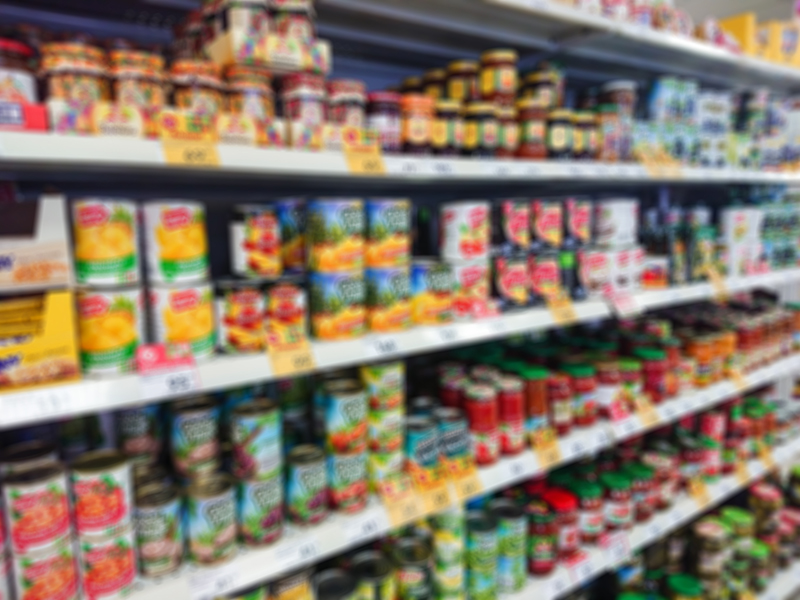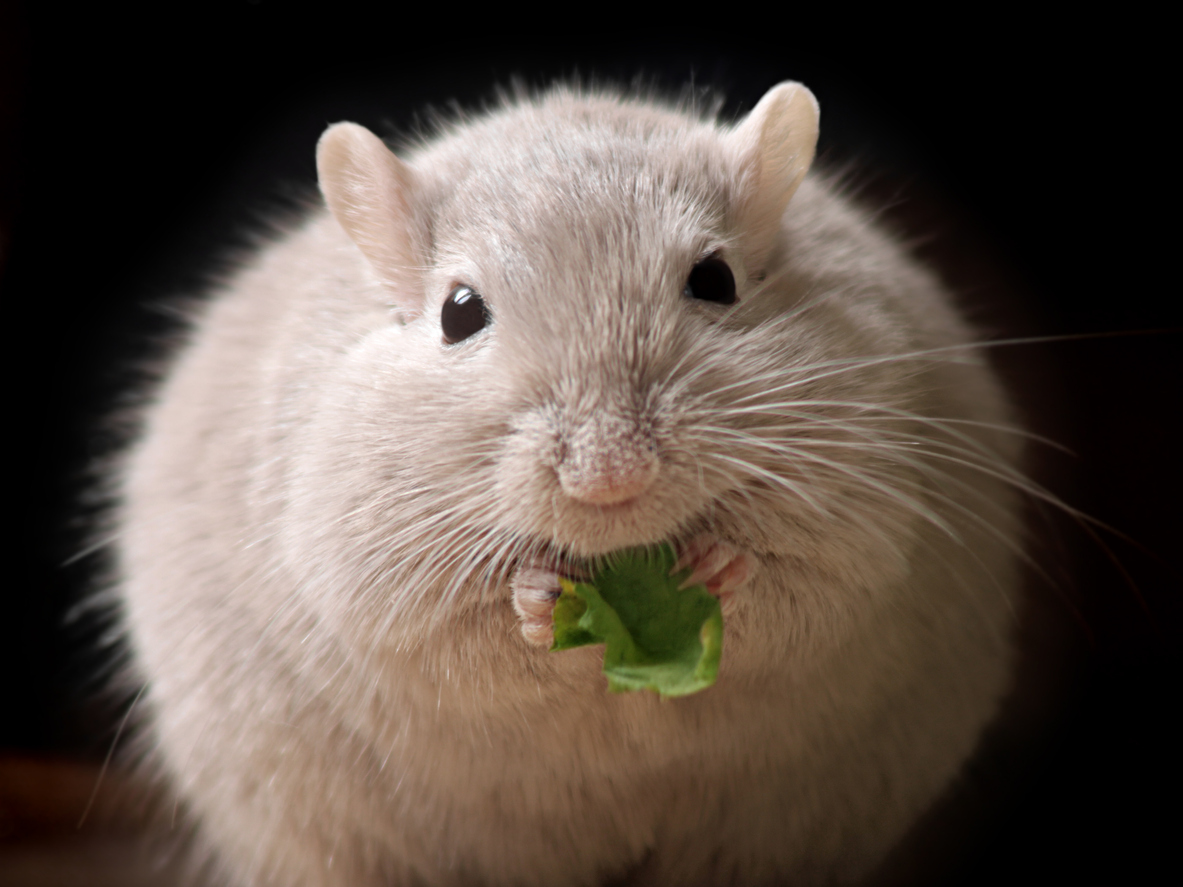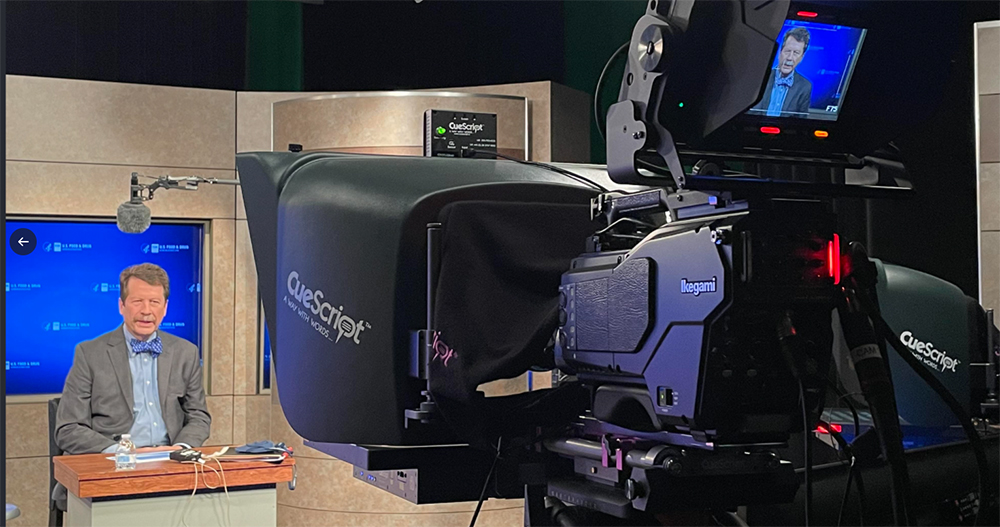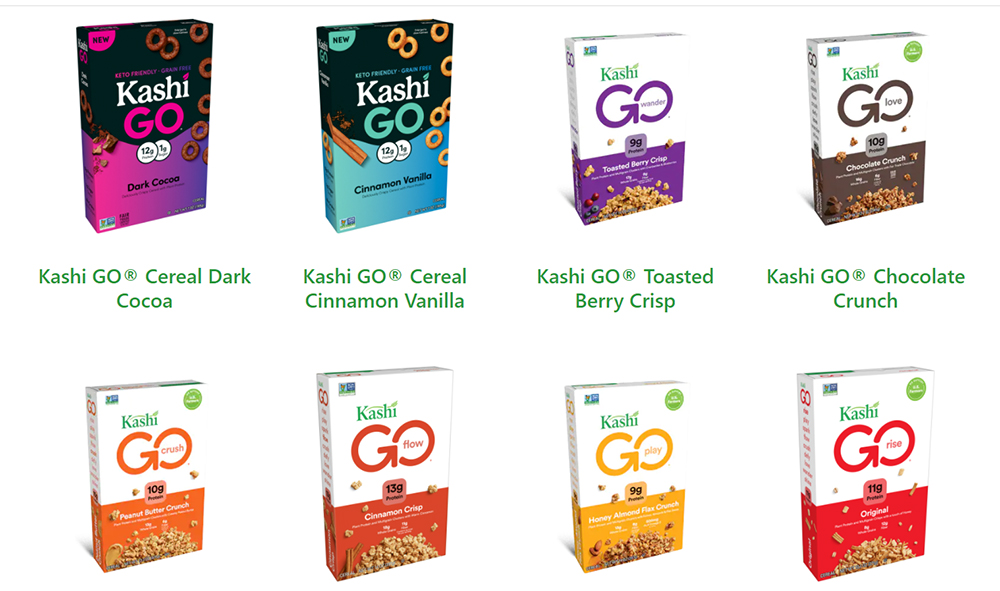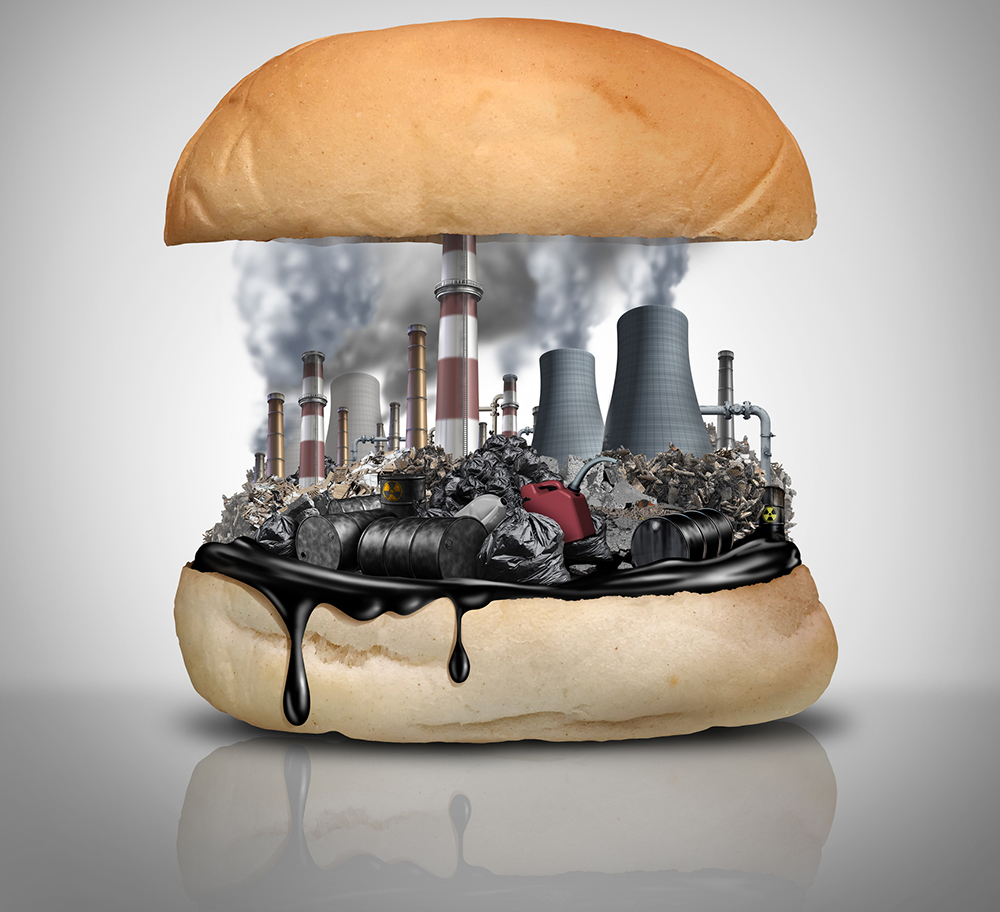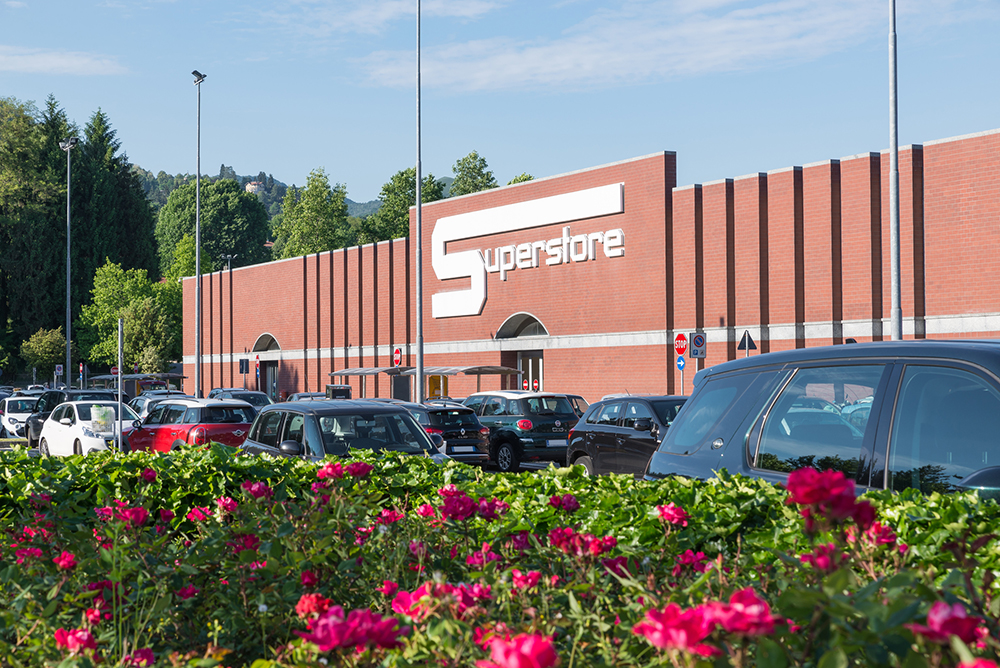There’s more than enough excitotoxic glutamic acid (a.k.a. free glutamate) in processed foods to create the excesses needed to cause brain damage, obesity, reproductive dysfunction, migraine headache, heart irregularities, irritable bowel, nausea and vomiting, asthma, seizures and more. In fact, excitotoxic glutamate has been known to trigger all the reactions listed as side effects of prescription drugs.
It hasn’t always been that way.
Prior to 1957, free glutamate available to people in the U.S. came largely from use of a product called Accent, which is pure MSG marketed as a flavor enhancer. In 1957, however, Ajinomoto’s method of glutamate production changed from extraction from a protein source (a slow and costly method), to a technique of bacterial fermentation wherein carefully selected genetically modified bacteria secreted glutamate through their cell walls — which enabled virtually unlimited production of MSG, allowing Ajinomoto to market its product aggressively.
It wasn’t long before Big Food discovered that increased profits could be generated by liberally using flavor enhancers (which all contain free glutamate) in every processed food product imaginable. And over the next two decades, the marketplace became flooded with manufactured/processed free-glutamate added to processed foods in ingredients such as hydrolyzed proteins, yeast extracts, maltodextrin, soy protein isolate, and MSG.
Today, more free glutamate than ever before will be found in ingredients used in processed and ultra-processed foods, snacks, and protein-fortified foods, protein drinks and shakes, and protein bars. And hydrolyzed proteins such as pea protein powder and mung bean protein isolate contain all three excitotoxic (brain-damaging) amino acids: aspartic acid (as in aspartame) and L-cysteine (used in dough conditioners), as well as glutamic acid. On top of that, excitotoxins marketed as “protein” sources have become increasingly available and extremely popular.
Recently we have seen excitotoxic amino acids in products such as Real Egg (mung bean protein isolate, the enzyme transglutaminase, and natural flavors), the Impossible Burger (textured wheat protein, potato protein, natural flavors, yeast extract, and soy protein isolate), Beyond Meat Beast Burger (pea protein isolate, natural flavoring, yeast extract, and maltodextrin), and the Lightlife Burger (water, pea protein, expeller pressed canola oil, modified corn starch, modified cellulose, yeast extract, virgin coconut oil, sea salt, natural flavor, beet powder (color), ascorbic acid (to promote color retention), onion extract, onion powder garlic powder) as well as excitotoxins added to an increasing array of ultra-processed foods. Most ultra-processed foods are made exclusively of chemicals and poor-quality ingredients to which glutamate-containing flavor enhancers have been added.
Prior to the time that Ajinomoto reformulated its method of MSG production (now over 60 years ago), accumulating excesses of glutamate through food sufficient to turn it excitotoxic would have been nearly impossible. But in the decades that followed Ajinomoto’s reformulation of MSG, obesity and infertility escalated to epidemic proportions.
The names of ingredients that contain free glutamate can be found at this link.


